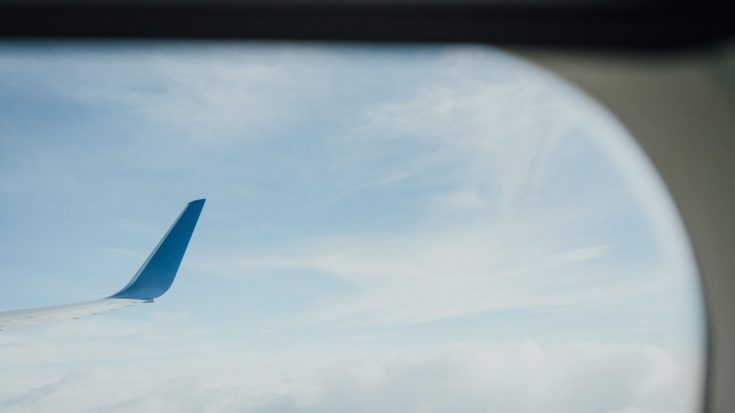Nonessential travel is not recommended in many places right now. In fact, the Centers For Disease Control and Prevention strongly advises against it.
If you have to travel, however, there is a way to do it safely.
Precautions such as frequent handwashing, wearing a mask, and having vents blow air down, can all limit the spread of the coronavirus.
Another thing you can do to reduce your risk of infection while flying is choosing the window seat.
“It’s shown in outbreaks and norovirus that people are more likely to get ill if they sit on the aisle because people are touching surfaces and walking by,” Charles Gerba, a professor of virology at the University of Arizona who has also studied germs on planes, told Insider. “Based on norovirus outbreaks, the window seat is better.”
Researchers found that having a wall or barrier next to you that the window seat provides on a plane reduces the number of people within your “social distancing” space by half.
“What we found was under normal circumstances, again, we’re talking direct transmission of large droplet transmitted infectious diseases — if you sit in a window seat, you are more than a meter (3 feet) away from the aisle,” said Howard Weiss, a biomathematician and professor in the School of Mathematics at Georgia Tech and an adjunct professor of biology and public health at Emory University. “If you believe in the one-meter cut-off for infectious droplets, then you’re going to have far fewer close proximity contacts. So yes, there’s some added benefit to sitting in a window seat. It’s modest, but it’s certainly a benefit.”
Many carriers are currently operating at low capacity and have opted to eliminate the middle seat to help stop the spread of the coronavirus. It’s unclear how long that will last.
RELATED: This Is How Airlines Are Sanitizing Planes To Fight Coronavirus
Carriers have also updated their cleaning procedures by disinfecting hard surfaces, seats, and carpet more often.
The Centers for Disease Control recommends routine hand washing for at least 20 seconds as hand washing provides the most protection. The CDC also recommends using a cloth face covering, keep at least six feet of physical distance from others, and practice other everyday preventive actions to protect yourself and others.





